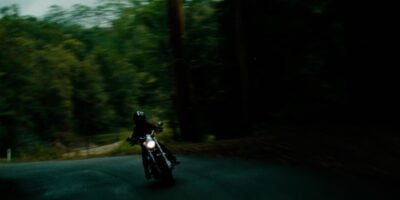Yellow crazy ants, rated as one of the top 100 worst invasive species, have been found on Australia’s Gold Coast.
30 minutes south of Brisbane, in Yatala, the city council has reported a finding of yellow crazy ants for the first time. According to Australia’s Invasive Species Council (ISC) the ants do not use their mandibles as a primary source of attack but instead spray formic acid on their target, which can be highly effective when a swarm employs the tactic.
“Although they’re tiny, they can swarm in great numbers, killing much larger animals like lizards, frogs, small mammals, turtle hatchlings and bird chicks and reshaping entire ecosystems,” the ISC said.
If not contained, they “could threaten Queensland with economic and ecological disaster, putting the state’s sugar cane and tourism industries at risk,” the council added.
The ants were found on private property in Yatala, yet how they got there is currently unknown.
Gold Coast City Council warned, “this is the only known infestation in the city and the site poses a high risk of (spreading) nationally.”
Yellow crazy ants are known for forming massive supercolonies, with one colony on Christmas Island, which the ants were brought to by human ships, commanding an area of roughly 1,800 acres.
“This invasive ant poses a significant risk to the city,” the council added.
The ant species originated in West Africa and tropical areas of Asia, as the acid-spitting ants prefer tropical habitats. They have since spread far and wide throughout ocean islands including Christmas Island in the Indian Ocean and Johnston Atoll in the Pacific. However, it’s important to note humanity’s role in the spread of yellow crazy ants and many other invasive species and to acknowledge that we are the propagators of such ecological disasters.
In many instances, the yellow crazy ants are inadvertently transported to locations that have been isolated from other species for thousands if not millions of years where they promptly begin to do what they do best, follow pheromone signals to accomplish what is best for their colony. They don’t harm other species out of malice or for sport such as humans(among other species), they merely respond to threats en masse to protect the wellbeing of their nest.


































